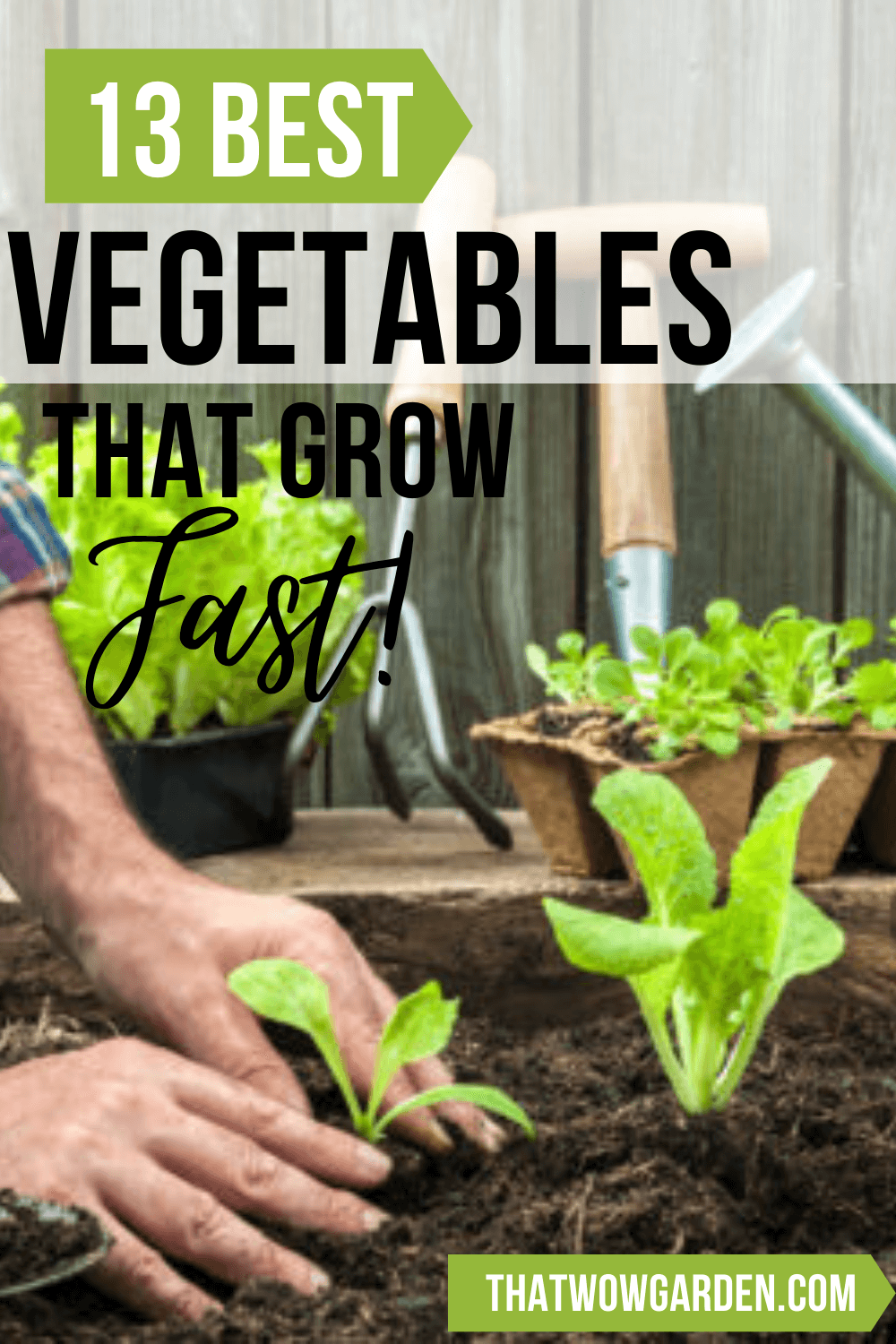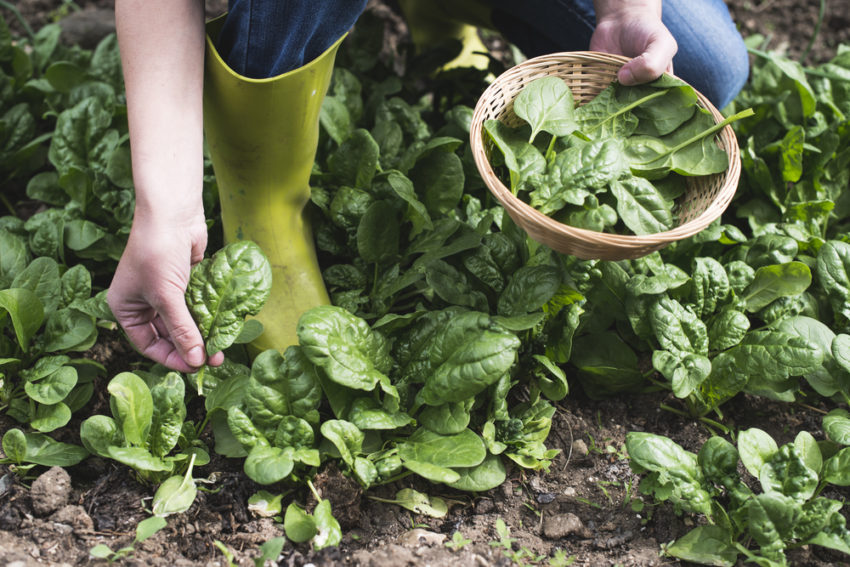Eating canned veggies and homegrown fresh veggies doesn’t have the same effect on your body. Veggies we harvest in our home garden definitely have more nutritional value than those store-bought packages.
You’d be surprised to know how quickly some of the veggies can grow and you can easily harvest them by yourself. I personally have no patience towards fetching a fruit when I grow something, if that’s the case with you too then you should definitely keep reading this.
Some of these veggies grow with the blink of an eye (metaphorically obviously). Just a little care and you have nature’s blessings your way.
13 Fastest Growing Veggies You Can Harvest In No Time
1. Kale
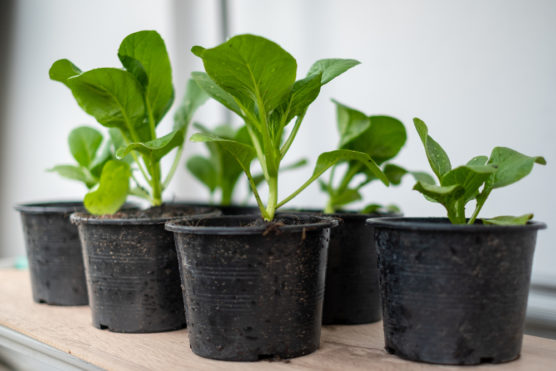
Think of a salad and you can’t miss out on this kingpin element which is kale. In case you did, you have no idea what wonders this veggie can do to you.
It’s become so popular these days that people prefer to grow it in their home gardens. Plus, you can use them after 55 days of sowing. Just cut out and use the contour leaving the central part as such.
Grow them during the spring or autumn for the best results and you can use them with anything from salads to stir-fries.
2. Broccoli
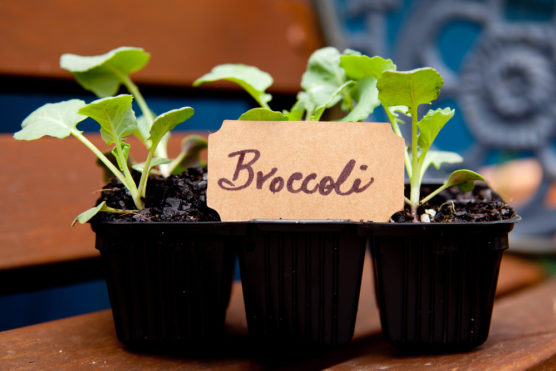
When I first got to know about broccoli I thought it would be impossible to grow it at home but guess what! You can easily grow this veggie in your home garden in just 8 weeks.
Select a sunny area and soil rich in organic matter and sow the plant in late winters or early spring. Water it adequately in order to keep the soil constantly moist. Don’t forget to feed your plant continuous release plant food.
3. Spinach
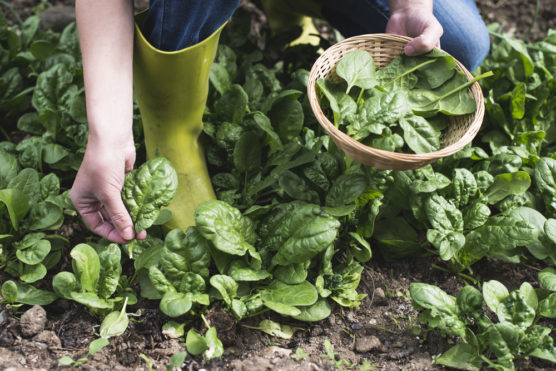
You will usually find these leafy greens around the winter season or cold weather. The plant becomes ready to eat within 30 days of sowing. It’s quite strong to withstand slight negligence from your side.
Use the plant as early as possible because it becomes bitter if left for a longer time. Spinach is rich in iron content and will be beneficial for your hemoglobin in blood and vision.
Choose well-draining, fertile soil and a sunny area to plant it. Water it frequently and feed fertilizer to get the tasty feel of these leaves on your plate.
4. Arugula
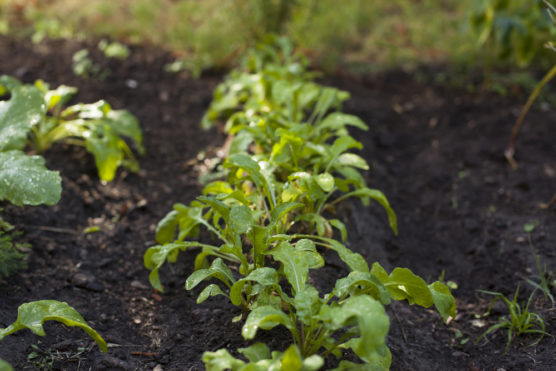
Arugula is often considered as an alternative to spinach, however, both have their own benefits and needs. Arugula is good for your skin health, low in fat content, and high in proteins.
The plant will be ready to be used within a month when grown around the early spring season. You can either cook it or eat it raw.
It thrives best in humus-rich, well-drained soil under full sun or partial shade and water regularly in order to keep the soil evenly moist.
5. Bok Choy
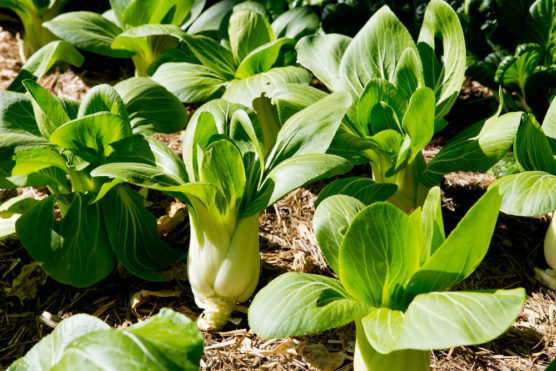
Bok choy is also known as Chinese cabbage or Pak Choy. You can sow this plant in the spring and fall season and use it after 30-45 days. You can even store this veggie in the refrigerator for 3-4 days.
Select fertile garden soil and just keep the seed half an inch under the soil. Irrigate it well and expose it to ample sunlight and you’ll have your veggie right.
6. Cucumber
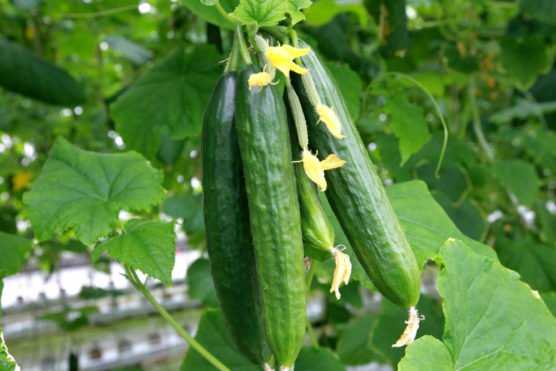
You know it’s already summer when you start seeing sliced cucumber on your salad plate. Cucumber fruit gets bitter with time but they’re high on water content, vitamin K, calcium, and potassium.
Cucumber vines thrive best in warm temperatures and fertile well-drained soil with neutral pH. Feed them fertilizer once a month to ensure the highest quality fruit. The plant takes almost 50 days from the day of sowing to get ready to be eaten.
7. Turnips
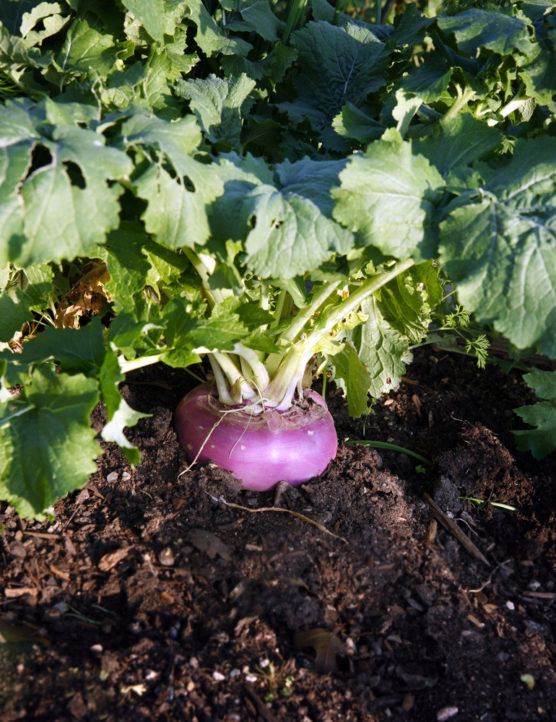
No doubt turnips are bitter in taste but don’t knock it till you try it. Crop them during the spring or fall and you’ll have the fruit within 4-7 weeks. You can even use its leaves and bulbs separately to prepare various meals.
They’re fond of full sunlight but can tolerate partial shade to some extent. Water it frequently to speed up the growth process ( after all it’s all about saving some time ).
8. Radishes
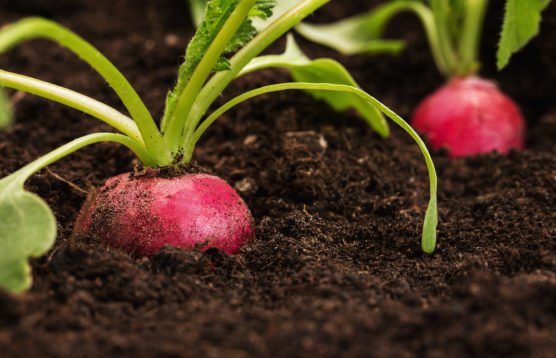
Another winter season crop is radish, this veggie is usually eaten raw as a condiment. You can also make a spicy pickle out of it to add some real magic to your anyway boring meals.
Radishes are rich in fiber and vitamin C, the leaves rest above the surface while the bulb is below the ground. Both the parts are edible. Specifically find a sunny spot to crop this plant. Radishes are usually root-based plants so it’s necessary to keep an eye out for their irrigation.
9. Carrots
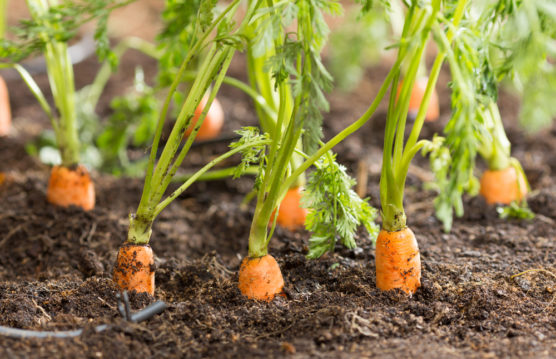
Select fertile soil to grow carrots in your home garden. Although they can tolerate some shade, they thrive best under full sunlight. Irrigate them once in a week with at least one inch of water.
Under viable conditions your carrots will grow within 50 days. You can use them to prepare pickles, soups or even bake them for a delicious side meal. Plus point? They will boost up your metabolism and vision naturally.
10. Lettuce
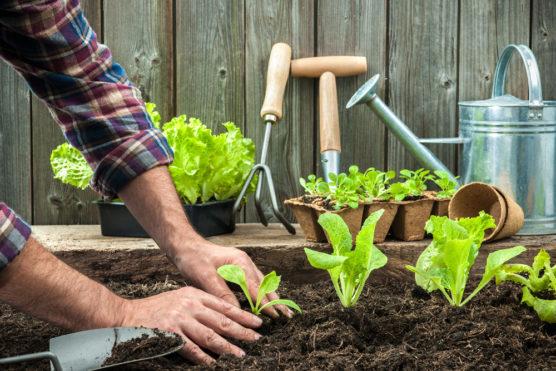
Lettuce is another leafy veggie that you can sow in the early spring and late summer season and use within a month. It is also called salad leaves. Nutritionally, it is low in calories and contributes greatly to a flavorful salad.
Just like the other veggies, lettuce also needs full sunlight and frequent watering. In the summer season, you might even have to water it twice a day ( the plant is literally a sucker for moisture ).
11. Zucchini
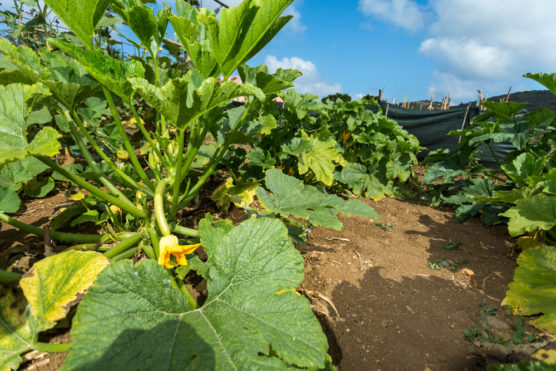
From noodles to salads, zucchini got you covered everywhere. Have you ever wondered how easy and quick they are to grow? Well, you’d be intrigued to know that they become ready to use within 40-50 days of sowing.
Grow it while the sun is still out i.e. in the summer or spring season. Zucchini loves moist soil ( not soggy ) with neutral pH value. Feed regularly with fertilizer and an adequate amount of water.
12. French Beans
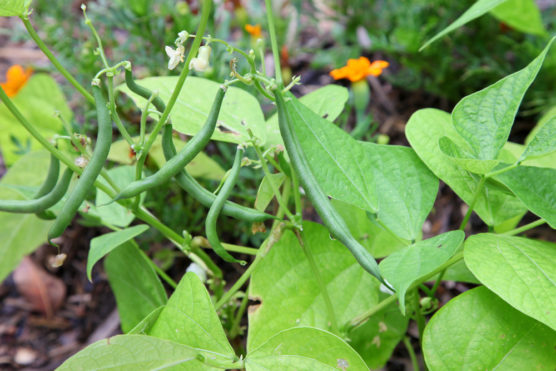
Guess what? French beans can also be grown outside of France! To be honest, as a kid I had this fallacy that french beans are imported all the way from France and we can’t harvest them at our homes. But now we can!
Choose a soil with rich organic matter and that can hold plenty of moisture. The cropping spot must be warm and sunny or partially shady. You can track down the germination of seeds in 7-14 days.
13. Beets
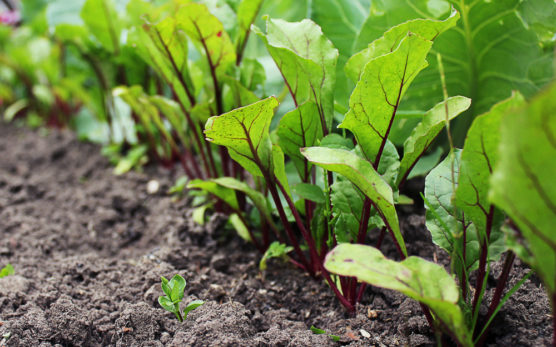
Beets are known for their healthy juices and wonders they do to our digestive system. If you’ll grow them at home, you can have them ready to go in 35-60 days. You can also eat them raw or make a condiment out of it. Besides, they’re going to cheer up your garden with their gorgeous colors.
You can plant the crop in partial shade and sandy soil in the spring season.
Buck up yourself for these amazing quickies which are not only healthy but also easy to grow. Isn’t that everything you ask for in your favorite veggie?
